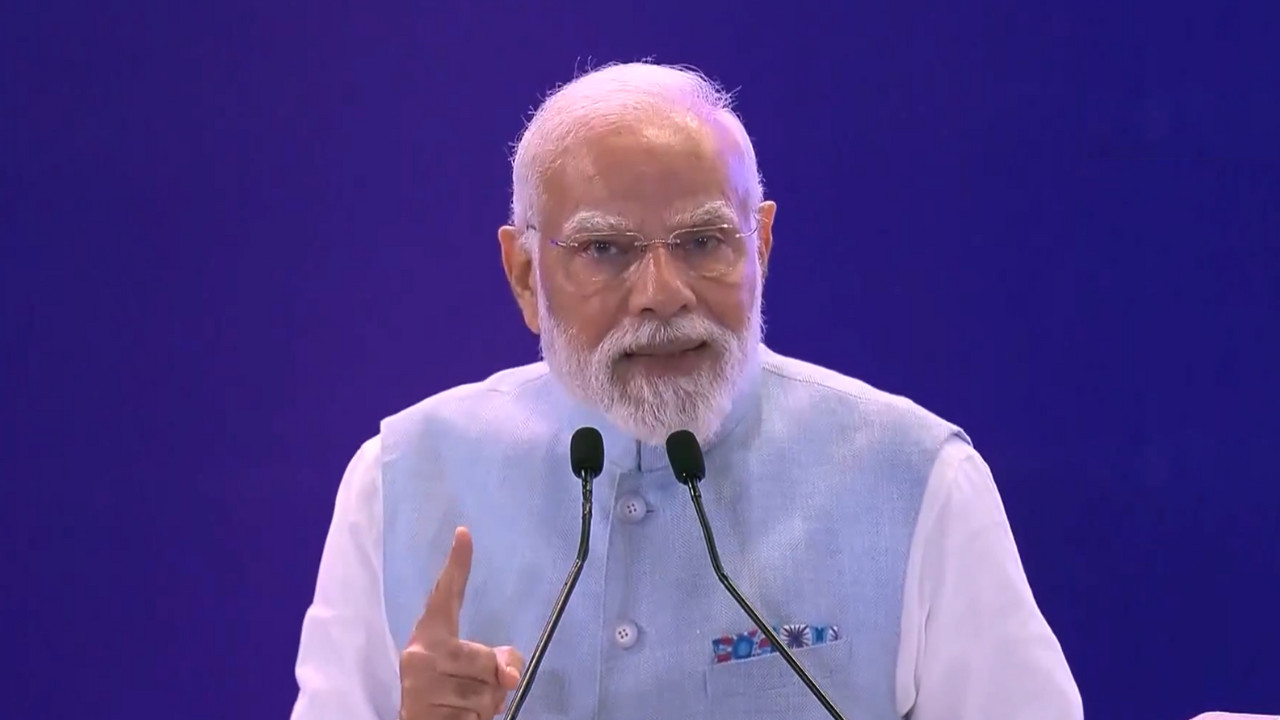India’s top 10 companies experienced a mixed week, with Reliance Industries leading gains and adding over Rs 47,000 crore to its valuation. Six firms collectively lost Rs 91,685.94 crore, with Bajaj Finance seeing the largest decline. Reliance Industries maintained its position as the country’s most valued company.
Riding the Wave: How India’s Market Giants are Shaping the Economic Tide
The stock market can feel like a rollercoaster, doesn’t it? One week you’re holding your breath, the next you’re celebrating a thrilling climb. And lately, India’s market has been offering more highs than lows, particularly for some of its biggest players. A recent surge in the market capitalization (mcap) of several top companies has sent ripples of optimism through the financial world, hinting at the underlying strength of the Indian economy. But what fueled this jump, and what does it mean for the average investor?
This isn’t just about numbers on a screen; it’s about the tangible impact these companies have on our lives. From the fuel in our cars to the digital services we rely on every day, these corporations are woven into the fabric of modern India. Their performance reflects – and influences – the nation’s economic trajectory.
Reliance Industries Leads the Charge
Leading the pack in this recent rally is Reliance Industries. The energy-to-telecom behemoth saw the most significant increase in its mcap, solidifying its position as a market leader. This surge can be attributed to a number of factors, including positive investor sentiment surrounding its diverse portfolio and ambitious expansion plans in renewable energy. Reliance’s ability to adapt and innovate in a rapidly changing market has clearly resonated with investors, driving demand for its stock and subsequently boosting its market capitalization.
But Reliance wasn’t the only one enjoying the sunshine. Other major players like TCS, HDFC Bank, and Infosys also witnessed substantial gains in their market capitalization. 
Tech Titans and Banking Behemoths: A Collective Rise
The rise of TCS and Infosys underscores the continuing importance of India’s IT sector on the global stage. Their ability to secure lucrative contracts and deliver innovative solutions has made them attractive to investors seeking long-term growth potential. Similarly, HDFC Bank’s strong performance reflects the resilience of India’s banking sector and its crucial role in facilitating economic activity. These gains, taken together, point to a broader trend of confidence in the Indian economy and its ability to weather global headwinds.
Decoding Market Capitalization: Why It Matters
So, what exactly is market capitalization, and why should we care? Simply put, market capitalization is the total value of a company’s outstanding shares. It’s calculated by multiplying the share price by the number of shares in circulation. A higher market capitalization generally indicates a larger, more established company with a stronger financial position. Increases in mcap suggest growing investor confidence and potentially higher future growth prospects. For investors, a rising mcap can translate into increased portfolio value. For the broader economy, it signifies a healthy and vibrant business environment.
Beyond the Numbers: A Glimpse into India’s Economic Future
The collective increase of ₹95,447 crore (approximately $11.5 billion USD) in the mcap of these four companies isn’t just a statistical anomaly; it’s a potential indicator of stronger economic growth. It reflects a renewed sense of optimism and confidence in the long-term prospects of Indian businesses. The rise in market capitalization can translate to increased investment, job creation, and overall economic prosperity. It’s a positive sign that India is steadily progressing towards becoming a major economic power.
This recent market activity underscores the importance of understanding the dynamics that drive the Indian stock market. While fluctuations are inevitable, the underlying trends suggest a positive trajectory for several key sectors. It also highlights the need for investors to stay informed and make informed decisions based on a thorough understanding of market trends and company performance. Remember to conduct thorough research and consider consulting with a financial advisor before making any investment decisions. You might also be interested in learning about diversification in investment.
The surge in market capitalization of India’s leading firms is a story of resilience, innovation, and the unwavering potential of the Indian economy. The future, though never certain, appears bright.







